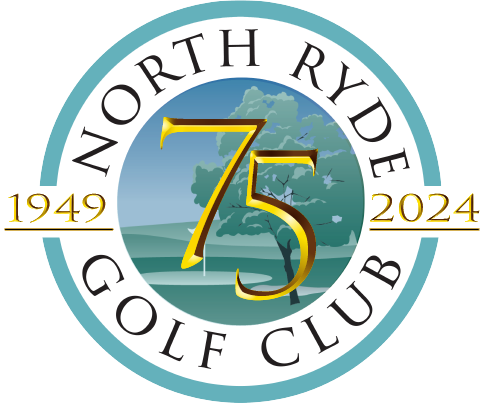Suspension Of Play
A few weeks ago we had a Suspension Of Play and there was some confusion from Members of exactly what the process is and what is required, below is some information for future.
Signals For Suspension Of Play
- Immediate Suspension – Discontinue play immediately: One prolonged note of siren
- Normal Suspension – Discontinue play: Three consecutive notes of siren, repeated.
- Resume play: Two short notes of siren, repeated.
What Players Must Do When Committee Suspends Play (Rule 5.7b)
There are two types of Committee suspensions of play, each with different requirements for when players must stop play.
(1) Immediate Suspension (Such as When There Is Imminent Danger). If the Committee declares an immediate suspension of play, a player must not make another stroke until the Committee resumes play.
(2) Normal Suspension (Such as for Darkness or Unplayable Course). If the Committee suspends play for normal reasons, what happens next depends on where each playing group is:
- Between Two Holes. If all players in the group are between two holes, they must stop play and must not make a stroke to begin another hole until the Committee resumes play.
- While Playing Hole. If any player in the group has started a hole, the players may choose either to stop play or to play out the hole.
- The players are allowed a brief amount of time (which normally should be no more than two minutes) to decide whether to stop play or play out the hole.
- If the players continue play of the hole, they may go on to complete the hole or may stop before completing the hole.
- Once the players complete the hole or stop before completing the hole, they must not make another stroke until the Committee resumes play under Rule 5.7c.
Penalty for Breach of Rule 5.7b: Disqualification. Exception – No Penalty If Committee Decides That Failure to Stop Was Justified: There is no breach of this Rule and no penalty if the Committee decides that circumstances justified the player’s failure to stop play when required to do so. See Committee Procedures, Section 8; Model Local Rule J-1 (recommended ways for Committee to indicate immediate and normal suspensions to players).
Rule 5.7c
What Players Must Do When Play Resumes
(1) Where to Resume Play. A player must resume play from where they stopped play on a hole or, if between two holes, at the next teeing area, even if play is resumed on a later day. If a player resumes play from a different spot than where they stopped play, see Rules 6.1b and 14.7. (2) When to Resume Play. The player must be present at the location identified in (1) and ready to play:
- At the time set by the Committee for play to resume, and
- The player must resume play at (and not before) that time.
If the ability to resume play is delayed for any reason (such as when players in the group ahead need to play first and move out of the way), there is no breach of this Rule if the player is present and ready to play when the player’s group is able to resume play. Penalty for Breach of Rule 5.7c(2): Disqualification. Exceptions to Disqualification for Failure to Resume on Time: Exceptions 1, 2 and 3 in Rule 5.3a and the Exception to Rule 5.7b apply here as well.
Rule 5.7d
Lifting Ball When Play Stops; Replacing and Substituting Ball When Play Resumes
(1) Lifting Ball When Play Stops or Before Play Resumes. When stopping play of a hole under this Rule, the player may mark the spot of their ball and lift the ball (see Rule 14.1). Either before or when play is resumed:
- When Player’s Ball Was Lifted When Play Stopped. The player must replace the original ball or another ball on the original spot (which if not known must be estimated) (see Rule 14.2).
- When Player’s Ball Was Not Lifted When Play Stopped. The player may play the ball as it lies, or may mark the spot of the ball, lift the ball (see Rule 14.1) and replace that ball or another ball on the original spot (see Rule 14.2).
In either case:
- If the lie of the ball is altered as a result of lifting the ball, the player must replace that ball or another ball as required under Rule 14.2d.
- If the lie of the ball is altered after the ball was lifted and before a ball is replaced, Rule 14.2d does not apply:
(2) What to Do If Ball or Ball-Marker Is Moved While Play Stopped. If the player’s ball or ball-marker is moved in any way before play resumes (including by natural forces), the player must either:
- Replace the original ball or another ball on the original spot (which if not known must be estimated) (see Rule 14.2), or
- Place a ball-marker to mark that original spot, and then replace the original ball or another ball on that spot (see Rules 14.1 and 14.2).
If the player’s conditions affecting the stroke were worsened while play was stopped, see Rule 8.1d. Penalty for Playing Ball from a Wrong Place in Breach of Rule 5.7d: General Penalty under Rule 14.7a.
